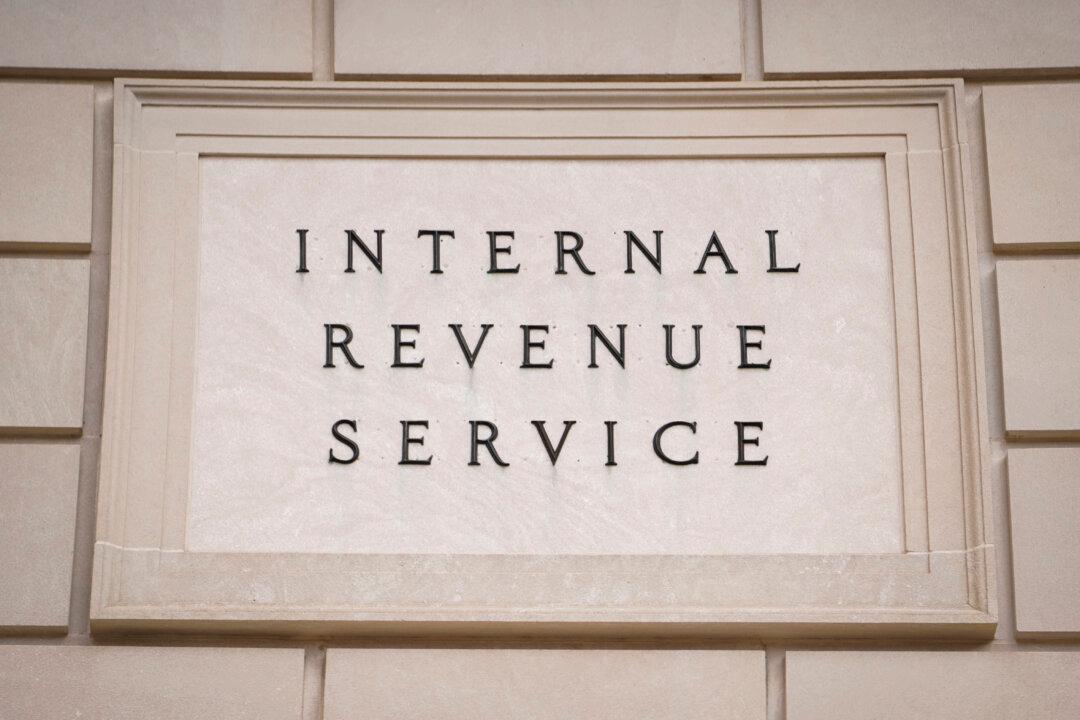The Internal Revenue Service (IRS) issued a reminder to taxpayers to pay their quarterly estimated tax payments due next month on time to avoid penalties.
Employees have two ways to pay taxes during a year: withholding taxes from their wages or making quarterly estimated tax payments. For those who make quarterly estimated payments, the IRS reminded on Dec. 15 that the Q4 due date is on or before Jan. 16. Delaying such payments could attract penalties, it warned. The quarterly estimated payments are applicable to workers whose incomes are not subject to tax withholding.





